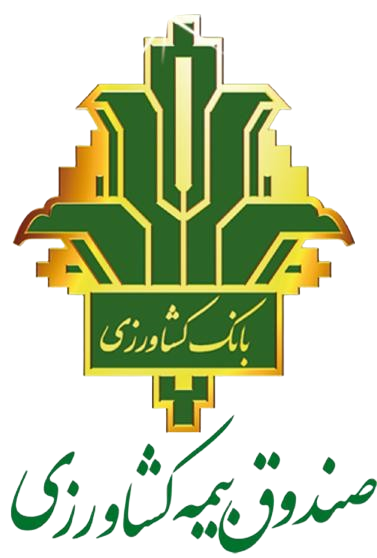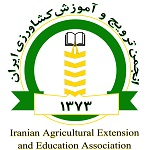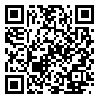

Volume 13, Issue 3 (2024)
QJIA 2024, 13(3): 17-32 |
Back to browse issues page
Download citation:
BibTeX | RIS | EndNote | Medlars | ProCite | Reference Manager | RefWorks
Send citation to:



BibTeX | RIS | EndNote | Medlars | ProCite | Reference Manager | RefWorks
Send citation to:
Rangriz H, salimi Estalaki M, Khairandish M. Effective Strategies for Aligning the Maintenance of Human Resources with the Aim of Agility and Digitalization in the Agricultural Insurance Fund. QJIA 2024; 13 (3) :17-32
URL: http://journal.sbkiran.ir/article-1-274-en.html
URL: http://journal.sbkiran.ir/article-1-274-en.html
Department of Human Resource and Business Management, Kharazmi University, Tehran, Iran
Abstract: (205 Views)
Human resources are the most important capital of an organization by which the strategies drawn in the organization are realized. Therefore, aligning the function of human resources with the goals of the organization will increase the efficiency of using resources, reduce operational costs, and increase the speed of exploitation of environmental opportunities. In this regards, the current research was carried out with the aim of determining the effective components and strategies for aligning the system of maintaining human resources with the aim of agility and digitization in the Agricultural Insurance Fund in 2023. This research, in terms of its purpose, is practical in which the exploratory mixed method has been used. was done in three phases that each stages was different thestatistical population. 1- First, by reviewing the theoretical literature, the effective components and strategies for aligning the human resources maintenance system with the goals of agility and digitization in the insurance fund were identified and then evaluated with the opinion of 14 experts. 2- Then, the status of using the aforementioned components and strategies in the Agricultural Insurance Fund was investigated, and the statistical population of this stage included 19 senior managers, heads and deputy directors of the Agricultural Insurance Fund. 3- Finally, the condition of the mentioned components was checked by 20 employees of the Agricultural Insurance Fund, from the level of experts to managers. At this stage, the data were analyzed using the open coding method and binomial test. In order to record the data of this section, a survey strategy and a researcher-made questionnaire tool were used. The effective components and strategies for aligning the system of maintaining human resources with the aim of agility and digitization in the agricultural insurance fund are: the micro-system of job design methods including four strategies (job specialization, job development, job enrichment, job cycle) and health and physical education methods including five strategies "prevention of accidents and wastes, suitability of job and employee in terms of physical, suitability of job and employee in terms of psychological, preventive measures in the field of health and physical education, necessary measures In order to maintain the health of employees and apply therapeutic measures" Examining the current situation of using the strategies of the human resource preservation system in line with the goals of agility and digitization in the Agricultural Insurance Fund showed that in the sub-system of job design methods, specialization and job enrichment strategies are significantly aligned with the agility of organizations in the Insurance Fund. Agriculture has been used. Also, in the sub-system of health and physical education methods, only the strategy of applying therapeutic measures has been used in a meaningful way in order to align with both goals of information technology. Therefore, in order to design the jobs of the agricultural insurance fund with the aim of agility and digitalization, the planners and policy makers can use the strategies of job development, job enrichment and job rotation.
Send email to the article author
| Rights and permissions | |
 |
This work is licensed under a Creative Commons Attribution-NonCommercial 4.0 International License. |




